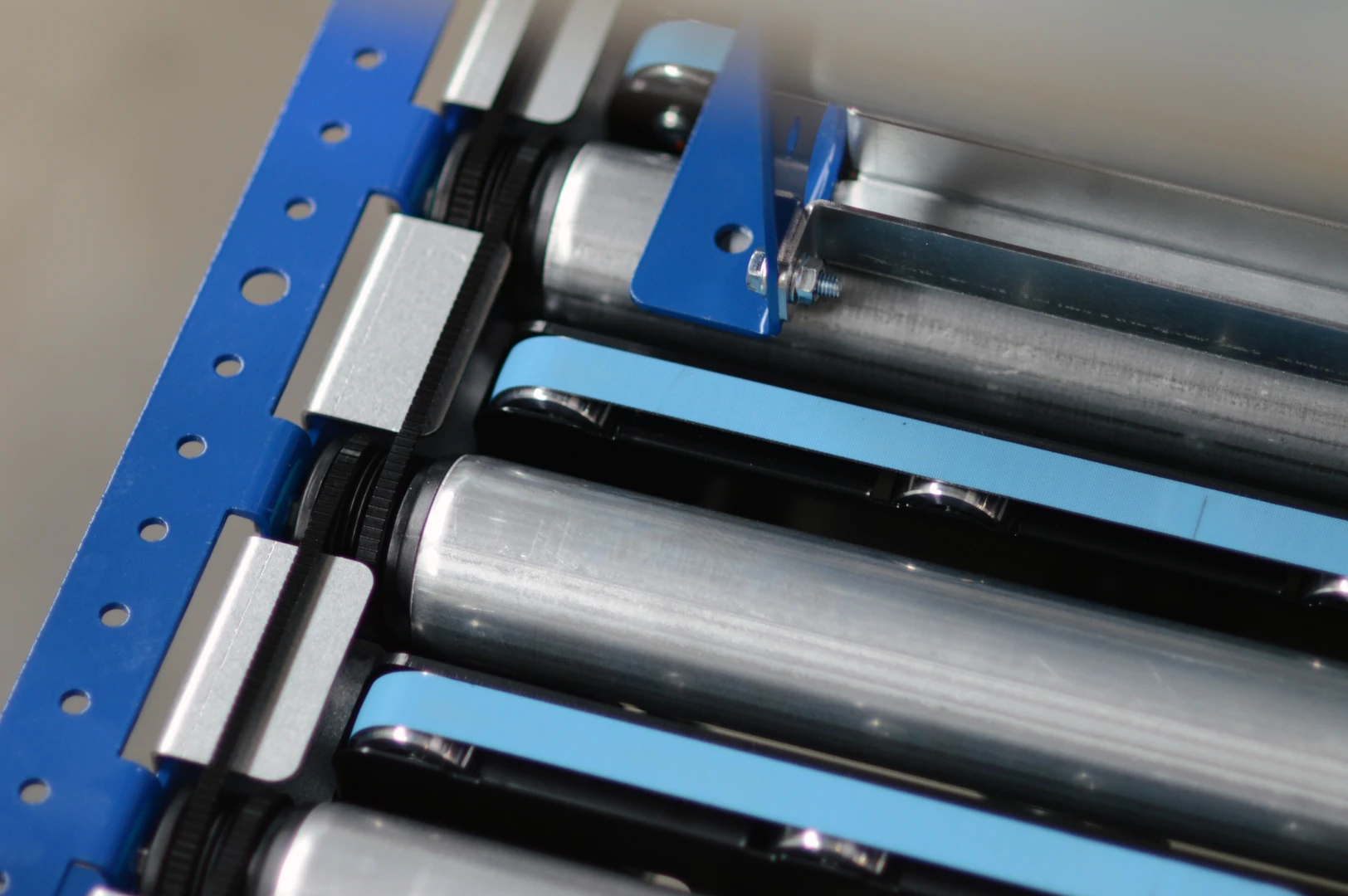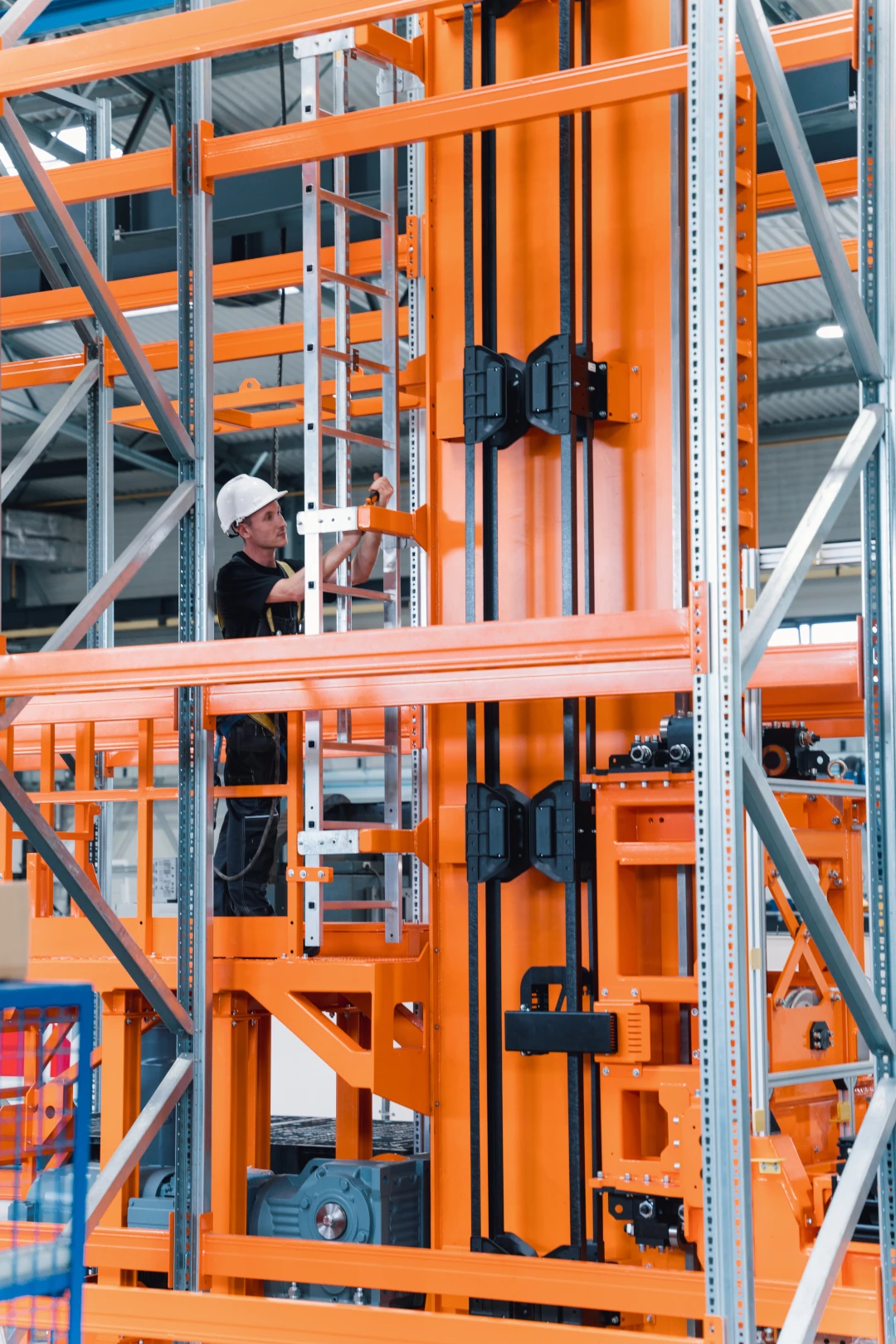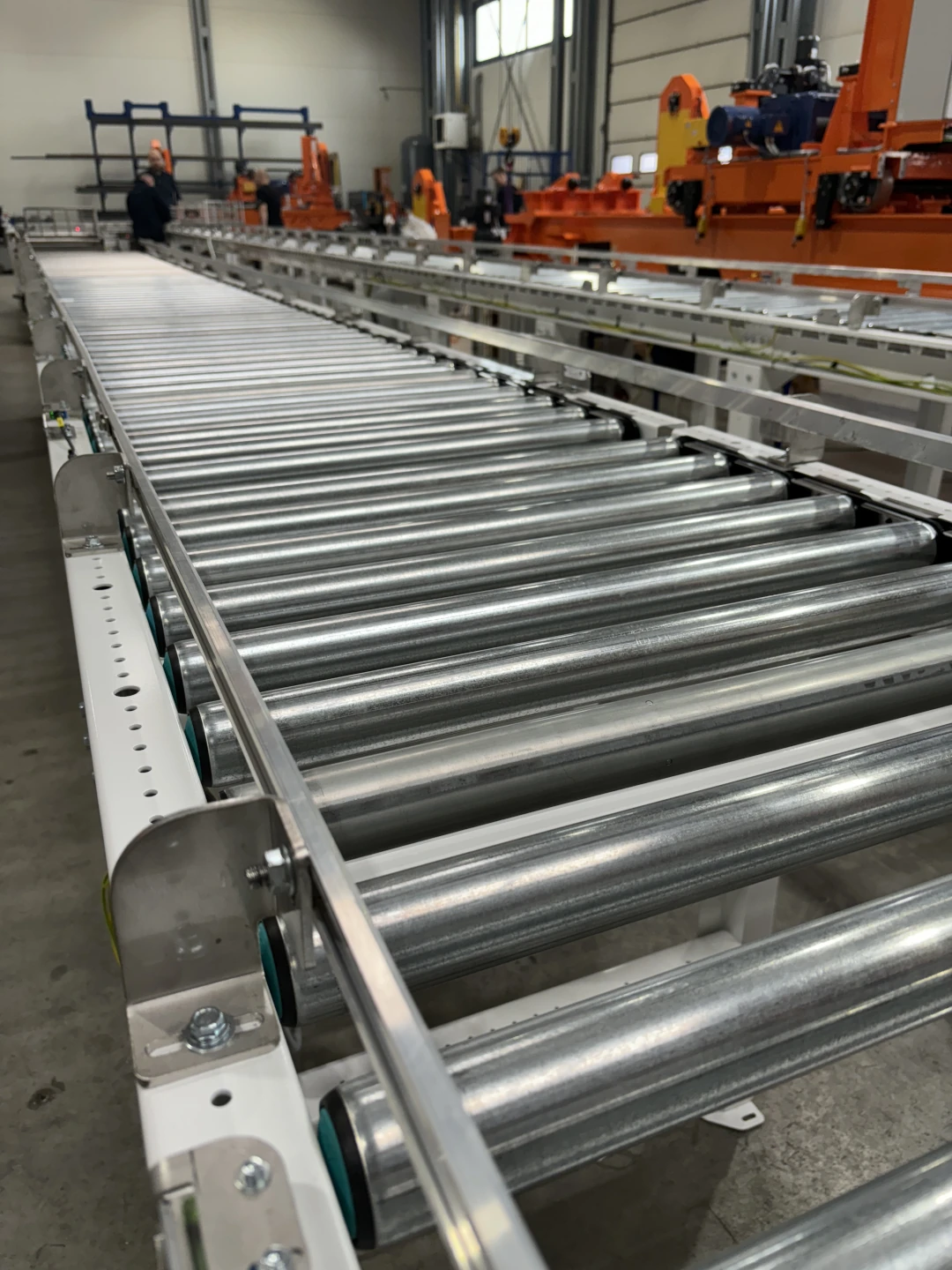How to store tires in a warehouse?

Do tires really need that much attention? It turns out they do – especially when freshly manufactured. When stored improperly, they lose their properties: the rubber ages faster, the tread deforms, and the structure develops microcracks. As a result, a tire stored in poor conditions can lead to dangerous situations on the road. Here’s how to store tires professionally to make the most of your warehouse space while ensuring optimal conditions for their longevity.
Why tire storage is a logistical challenge
The shape, weight, material, and susceptibility to deformation make tires a particularly demanding warehoused product. On top of that, there’s a huge number of SKUs – different sizes, models, and seasonality. That’s why many warehouses face the same problem: how to fit more and more stock into a limited space.
Imagine a logistics center that handles one hundred thousand tires per month. In such an environment, there’s no room for poorly designed rack systems, disrupted traffic flow between zones, or inefficient picking processes – all of which translate directly into lost time and money. That’s why the key question is not only where to store tires, but also how to store them properly.
Storage conditions for tires – what matters most
Tires are a sensitive product. Excess humidity, high temperatures, or pressure from other loads can cause microcracks and deformations that only appear later, once the customer starts using the tires. So what should you keep in mind?
-
Temperature: the optimal range is 15–25°C.
-
Light: UV rays and lamps with high ultraviolet emission accelerate rubber aging.
-
Chemical contact: tires should not come into contact with fuels, greases, or oils.
-
Ventilation: essential for fire safety. Tires are flammable, so proper air circulation is crucial.
-
Protection: store original equipment tires upright in a dry, shaded place. Retail tires can be stacked in a “herringbone” pattern. Always secure the tires to prevent movement. A popular method is FEFO (First Expired, First Out) – older batches (based on DOT) leave the warehouse first.
Also, never store tires directly on the floor. Use pallets or protective boards instead to prevent damage and contamination.
Tire warehouse design – ergonomics and safety
When planning tire storage, think beyond just the racks – consider the entire ecosystem, from receiving areas to picking zones and shipping points. Two pillars are essential:
-
Safety - tires must be isolated from potential fire sources. It’s worth creating a dedicated storage area with appropriate sensors and fire protection systems.
-
Automation of flow - using conveyor belts, roller conveyors, or stacker cranes significantly reduces manual labor.
For example, in one automotive industry warehouse, after implementing MPL Techma’s automated roller conveyors, the handling time per tire pallet was reduced by 45%. Employees no longer had to move heavy loads manually – conveyors transported the tires automatically between zones.
Racking and storage systems for tires – essential equipment
The starting point for tire storage is the right equipment. Recommended options include:
-
Pallet racks – a universal solution.
-
Heavy-duty shelving racks – should be easy to expand and adaptable to various tire sizes.
-
Flow racks – enable fast stock rotation, which is particularly useful during seasonal peaks.
While racks are the foundation, the real advantage comes from integration with internal transport systems. For example, at MPL Techma, we design conveyor-based lines that automatically deliver tires to picking or shipping stations, increasing warehouse throughput and reducing product damage risk.
How to avoid mistakes when designing a tire warehouse
The most common mistakes we observe in companies include:
-
lack of material flow analysis before investment,
-
aisles that are too narrow and racks that don’t fit the product,
-
poorly designed picking stations,
-
no flexibility for future assortment changes,
-
failure to implement automation such as stacker cranes or industrial conveyors.
The best results come from companies that combine warehouse design with intralogistics system planning. At MPL Techma, we start by analyzing your needs – examining product structure, flow, load capacity, and available space. Then we create a comprehensive project including racking systems, conveyors, lifts, and more.
Tire warehouse automation – when is it worth it?
Many warehouse owners still believe automation is only for large logistics centers – but that’s not true. Modern technologies are now implemented in medium and even smaller facilities.
Automated conveyors, lifts, stacker cranes, and transport carts reduce human error and ensure that warehouse processes run smoothly, efficiently, and profitably. Moreover, integrating these systems with Warehouse Management Systems (WMS) allows for real-time tracking of every tire batch.
Case study: tire warehouse in e-commerce
A tire distributor from central Poland approached MPL Techma to improve the performance of their shipping warehouse. The main challenge? Delays in picking and maintaining product flow due to a huge number of SKUs and strong seasonality.
We designed an integrated internal transport system based on roller conveyors and stacker cranes, which automatically moved tires from receiving to the shipping area. The system was integrated with the WMS, enabling FEFO-based rotation and full tracking of batches via DOT numbers.
As a result, picking time decreased by 40%, errors were reduced by 30%, and the warehouse achieved higher throughput without expanding its space.
At MPL Techma, we’ve been designing internal transport systems for over 10 years, helping manufacturing and logistics companies significantly boost efficiency. If you’re planning to build or modernize a tire warehouse – contact us. We’ll help you create a solution as reliable as the tires you store.
FAQ: how to store tires properly in a warehouse
-
Does storing tires with rims differ from storing tires without rims?
Yes. Tires with rims can be stored horizontally – entire wheels stacked up to four high. For tires without rims, it’s better to store them vertically or hang them on special hooks. This protects the rubber structure and prevents deformation of steel or aluminum rims. -
What are the best conditions for tire storage?
The optimal storage conditions are temperatures between 15 and 25°C, low humidity, and no direct sunlight. Tires should be kept away from heat sources and ozone-generating equipment. This prevents rubber aging and tread cracking. -
Is storing tires without rims safe?
Yes, but only if proper rules are followed. Tires without rims should be stored vertically and gently rotated every few weeks. This prevents permanent deformation and ensures even load distribution. Most manufacturers recommend this method. -
How to store winter tires to maintain their properties?
Winter tires require special attention because their rubber compound is softer. Store them in a place with stable temperature and no humidity. Avoid contact with chemicals that could damage the rubber structure. -
Do aluminum rims require different care than steel ones?
Yes – aluminum rims are more sensitive to chemical damage, so avoid contact with solvents or petroleum-based substances. -
How to manage tire rotation in the warehouse?
Rotation is crucial – use the FEFO (First Expired, First Out) method so older batches leave the warehouse first. This ensures tires don’t sit too long and maintain their optimal properties. Each tire should be labeled with its DOT production date, which helps control rotation.






